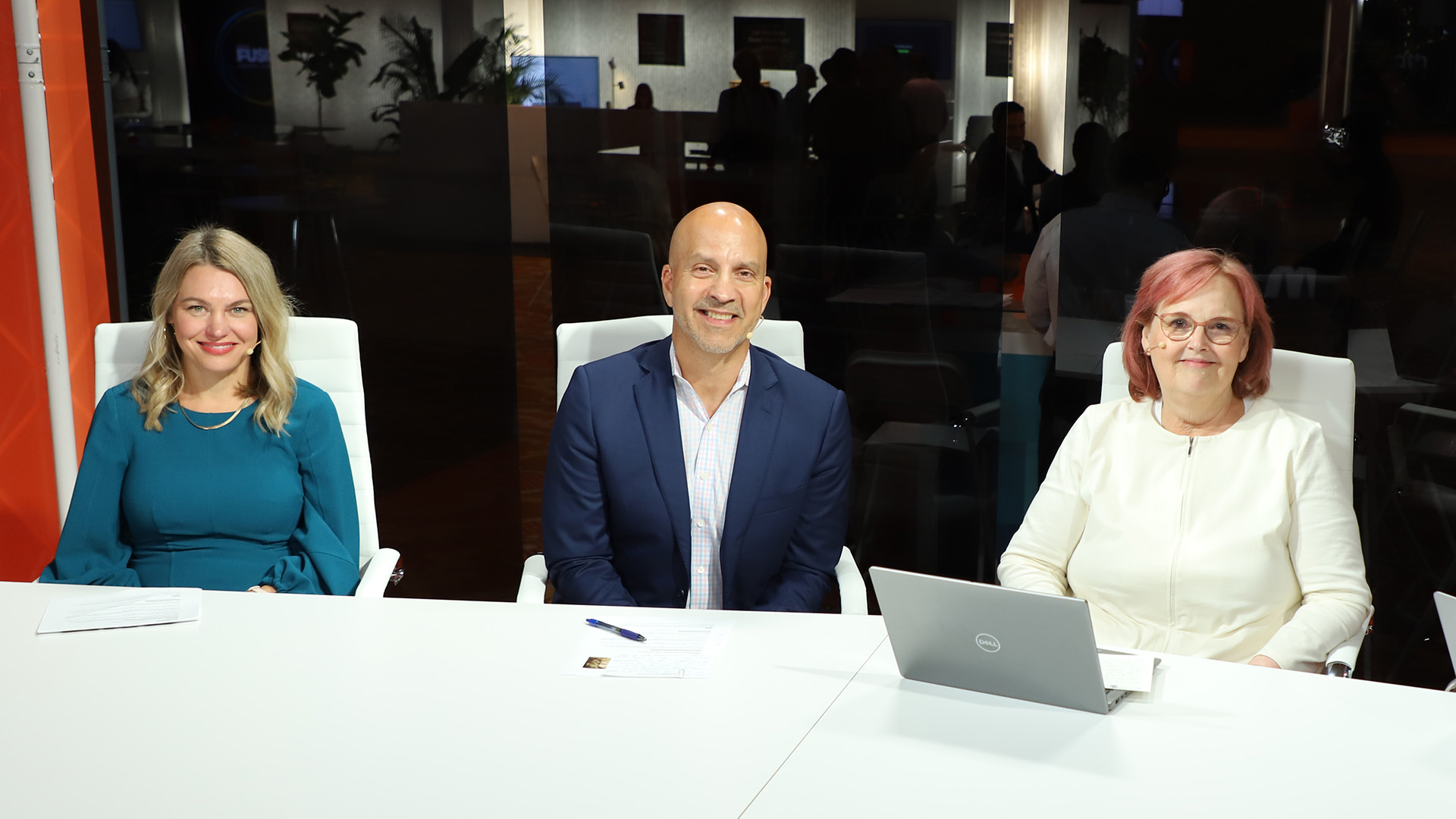
Many organizations chase efficiency gains with workflow automation, but few achieve measurable outcomes that ripple across their entire business. For Allegis Global Solutions, a strategic shift in thinking — and tooling — helped the company leap beyond those limitations.
Faced with a legacy system that would’ve taken more than a decade of developer time to scale, Allegis turned to UiPath Inc.’s platform and an innovative approach to workflow automation. The company focused not just on technical execution, but on building trust, freeing up workers for more strategic tasks and preparing the organization for real transformation, according to Paul Kistner (pictured, center), global director of business transformation at Allegis.
“We’re freeing resources up to focus on higher value activity, or potentially even how does that department restructure itself now that you’ve got that time back,” he said. “That’s where this becomes more than just a technology initiative but an organizational change.”
Kistner, along with Julie Woods (left ), executive for digital transformation at Allegis, and Maureen Fleming (right), vice president of intelligent process automation at International Data Corp., spoke with theCUBE’s Rebecca Knight at UiPath Fusion, during an exclusive broadcast on theCUBE, SiliconANGLE Media’s livestreaming studio. They discussed workflow automation challenges, use case selection and the organizational change required to scale outcomes. (* Disclosure below.)
Scaling workflow automation delivers time savings and trust
Allegis began with a broken invoicing system that constantly failed under the weight of variation and manual complexity, according to Woods. By rethinking their architecture with UiPath’s workflow automation tools, the team dramatically improved update speed and reliability across formats.
“It would’ve taken one developer eleven and a half years to do it the old way on an older system that we were using,” she said. “We had to make sure the solution was scalable. It had to be something that was easily adaptable for us … that was innovative. With UiPath, we were able to look at leveraging agentic, Maestro [and] Document Understanding and bringing all those together to create a cohesive ecosystem for that specific workflow and how we could really advance building that out.”
Allegis’ results stood out to Fleming, who helped judge this year’s AI25 Awards. The complexity of the use case, the team’s ability to handle variation across onboarding processes and the broad use of UiPath tools were key differentiators, according to Fleming.
“What I was impressed with about it was the complexity and the business value-driven,” Fleming said. “[Allegis] also used a lot of the UiPath portfolio to execute the solution, including some of the newer elements such as orchestration and AI agents … it came together with good results … so that mattered.”
Here’s the complete video interview, part of SiliconANGLE’s and theCUBE’s coverage of UiPath Fusion:
(* Disclosure: TheCUBE is a paid media partner for UiPath Fusion. Neither UiPath Inc., the sponsor of theCUBE’s event coverage, nor other sponsors have editorial control over content on theCUBE or SiliconANGLE.)
Photo: SiliconANGLE



